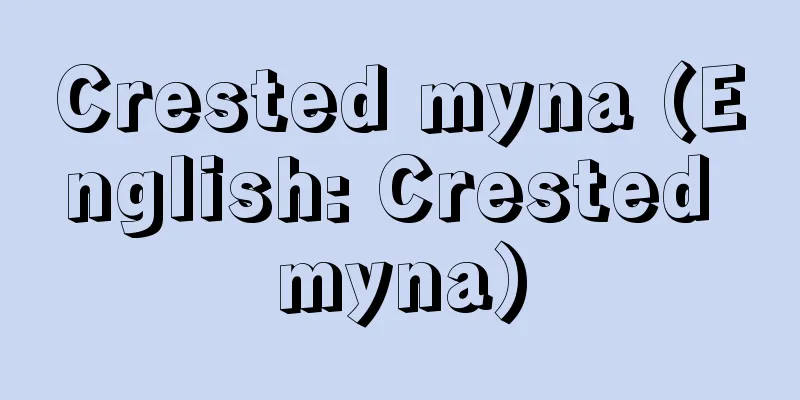Gaussian plane

|
When complex number z = a + bi corresponds to point P(a,b) on the coordinate plane, there is a one-to-one correspondence between points on the plane and complex numbers. A plane considered by associating complex numbers in this way is called a Gaussian plane, or complex plane. P(a,b) is expressed as P(z) or simply z , and the x-axis is called the real axis and the y-axis is called the imaginary axis. It was Gauss who expressed complex numbers as points on a plane as an extension of real numbers being represented as points on a line, and graphically described their relationship with the four arithmetic operations. For complex number z = a + bi For complex numbers z1 = a1 + b1i , z2 = a2 + b2i , z1 + z2 = ( a1 + a2 ) + ( b1 + b2 ) i z 1 = r 1 (cosθ 1 + i sinθ 1 ), [Terada Fumiyuki] nth root of 1For a natural number n, a complex number that satisfies x n = 1 is called the nth root of 1. There are exactly n nth roots of 1, and they can be expressed as follows.
[Terada Fumiyuki] [Reference] | |©Shogakukan "> Gaussian plane (Figure A) ©Shogakukan "> Gaussian plane (Figure B) ©Shogakukan "> Gaussian plane (Figure C) ©Shogakukan "> Gaussian plane (Fig. D) Source: Shogakukan Encyclopedia Nipponica About Encyclopedia Nipponica Information | Legend |
|
座標平面上の点P(a,b)に、複素数z=a+biを対応させると、平面上の点と複素数とが1対1に対応づけられる。このようにして複素数を対応づけて考えた平面をガウス平面、または複素平面という。P(a,b)をP(z)あるいは単にzと表し、x軸を実軸、y軸を虚軸という。実数が直線上の点で表されることの拡張として、複素数を平面上の点で表し、四則演算との関係を図形的に述べたのはガウスである。 複素数z=a+biに対して 複素数z1=a1+b1i,z2=a2+b2iに対して z1=r1(cosθ1+isinθ1), [寺田文行] 1のn乗根自然数nに対して、xn=1を満たす複素数を1のn乗根という。1のn乗根はちょうどn個あって、それらは次のように表される。
[寺田文行] [参照項目] | |©Shogakukan"> ガウス平面〔図A〕 ©Shogakukan"> ガウス平面〔図B〕 ©Shogakukan"> ガウス平面〔図C〕 ©Shogakukan"> ガウス平面〔図D〕 出典 小学館 日本大百科全書(ニッポニカ)日本大百科全書(ニッポニカ)について 情報 | 凡例 |
Recommend
upāsaka (English spelling) upasaka
…Upasaka (a transliteration of the Sanskrit word ...
Three-person idiom - Sanninjogo
This was a joint critique of works by Mori Ogai, K...
Chohaku Ariga
Year of death: June 29, 1737 Year of birth: 1661 A...
Conversion - Kaishin
In Buddhism, it is called "eshin." It re...
Great frigatebird - Great frigatebird
... The Magnificent Frigatebird Fregata magnifice...
Cylindrical Coordinates - Enchu Zahyo
A type of coordinate system in three-dimensional ...
Flower machine - Persimmon
…A kibiki can be thought of as a takaki with a ki...
Corinth
…Population: 28,000 (1982). Also called Corinth. ...
Tanuma clan
His real surname was Fujiwara. He ruled Tanuma, As...
Unzan - Unzan
A town in North Pyongan Province, North Korea. It...
Posthumous name - Okurina
In ancient China and Japan, it was a name given t...
Hiuchi (English spelling) horizontal brace
This refers to a diagonal member or board used to ...
Ying County Wooden Pagoda (English: Ying County Wooden Pagoda)
The Shaka Pagoda of the Buddhist Temple in Ying Co...
Karkh
...The Ruṣāfa district was formed around the mili...
RCMP - RCMP
The RCMP is the official name of the Canadian Fed...









